Deer are extremely valuable. Their antlers are regarded as valuable Chinese medicinal materials, their meat is edible, and their hides can be used for tanning. Therefore, they are subject to a large number of illegal hunting. In order to protect the reproduction of wild deer and endangered deer species, many species can already be protected through artificial breeding, such as red deer, sika deer, sambar, etc. Next, we will take stock of the top ten deer species in the world that can be bred in captivity, and let’s take a look at which species of deer can be bred in captivity to preserve their species.
1. Red Deer
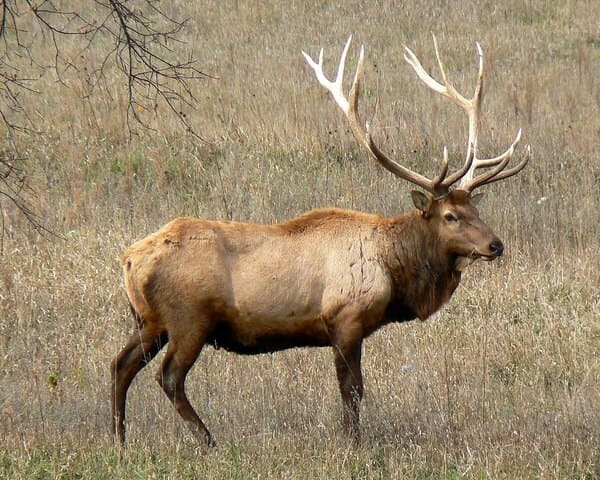
The red deer is a large deer, second only to the moose, so named because of its horse-like shape. Its body is dark brown, with some white spots on its back and sides. The male has horns, which are generally divided into 6 prongs and up to 8 prongs. In summer, the hair is shorter and has no down, and is generally auburn in color, with the back being darker and the ventral surface being lighter, so it is also known as the "red deer". Red deer is a national second-level protected animal (only wild populations), and it is also a very common artificially raised deer species. However, special livestock and poultry breeding production licenses issued by relevant government departments or industry associations are required before they can be raised.
2. Sika deer
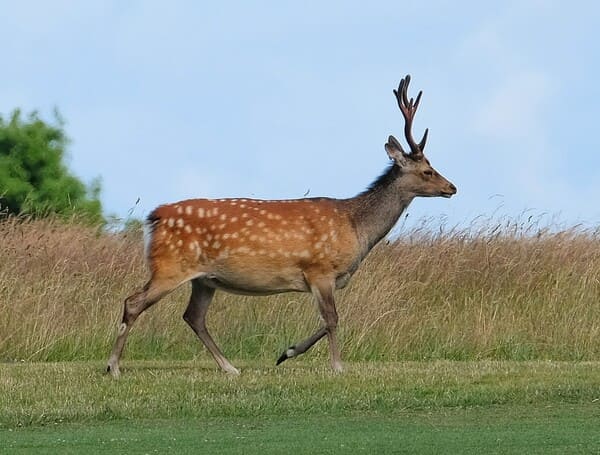
Sika deer is a small and medium-sized deer, with a body length of 125 to 145 cm, a tail length of 12 to 13 cm, and a weight of 70 to 100 kg. In summer, its coat color is maroon with many white spots on its body, resembling plum blossoms; in winter, its coat color is smoky. Brown, the white spots are less obvious, and a mane will grow on the neck. Sika deer is a national first-level protected animal (only in wild populations). Its wild population is very small, and its distribution range shows a trend of decentralization. However, in the northeastern regions of Liaoning and Jilin, artificial breeding of sika deer has begun, and the number has reached hundreds of thousands.
3. Sambar
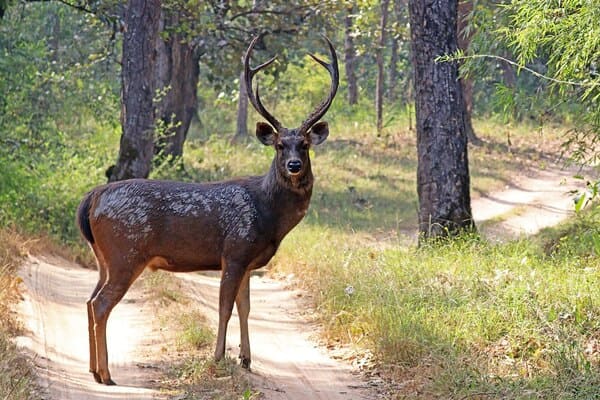
Sambar deer is the largest deer in tropical and subtropical areas, with a body length of 140-260 cm, a tail length of 20-30 cm, a shoulder height of about 120-140 cm, and a weight of 100-200 kg. Sometimes, the largest individual can even reach more than 300 kilograms. Male deer have thick and long three-pronged antlers, and their coat color is mainly light brown or dark brown, while female deer are slightly reddish. Sambar deer is listed as a national second-level key protected animal (only wild populations), and can also be artificially bred, but you need to apply for a "Wild Animal Training and Breeding License" from the national forestry department.
4. Reindeer
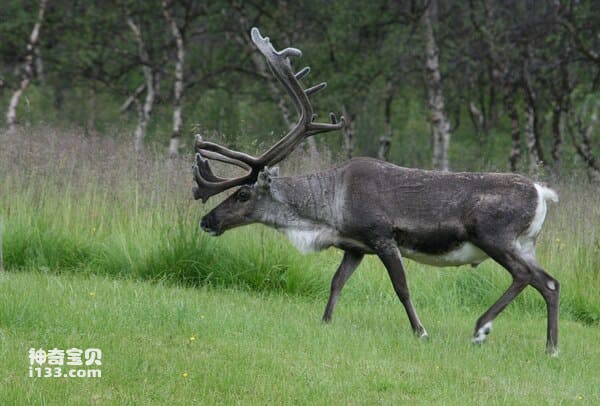
Reindeer, also known as antlered deer, is the only animal in the genus Reindeer of the Cervidae family. Both males and females have antlers, and the complex branching of the antlers is an important feature of their appearance. Coat color varies significantly among subspecies and sexes from season to season, ranging from dark tan in the summer of woodland caribou in North America to white in Greenland. Reindeer in China are mainly semi-domestic groups, and the Ewenki are the only ethnic group in China that raises reindeer. Reindeer are used as the main production and transportation among Evenki hunters, so they are known as the "boat on the forest sea".
5. Little muntjac
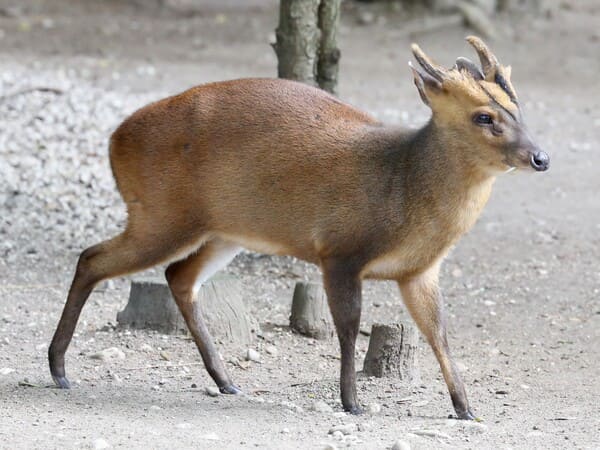
The little muntjac, also known as the yellow muntjac, is the smallest muntjac among the deer family, with a height of about 43-52 cm, a body length of 70-87 cm, and a weight of 9-18 kg. It usually inhabits small hills, valleys of hills, or bushes and weeds at the edge of forests, and feeds mainly on wild fruits, grass and young leaves. The food source of the muntjac is relatively easy to solve, and the gestation period is short, so it is a deer species that is more suitable for artificial breeding. However, breeders must submit a written application to the local forestry administrative department at or above the county level and obtain a "Wild Animal Domestication and Breeding License" and other relevant certificates.
6. Roe Deer
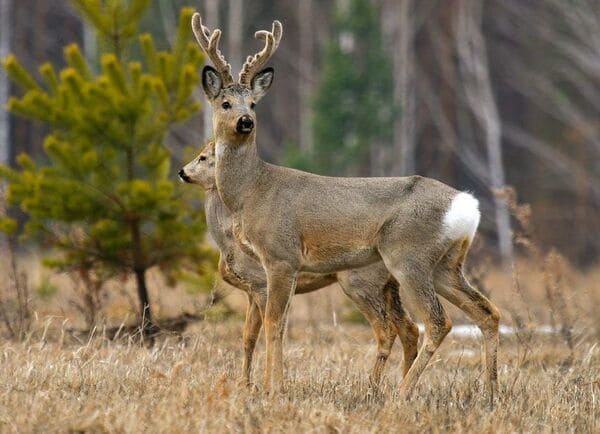
Roe deer is an animal of the Cervidae family and is a small and medium-sized deer with a body length of 0.95-1.35 meters, a shoulder height of 0.67-0.78 meters, a tail length of only 2-3 centimeters, a weight of 15-30 kilograms, and short horns, only about 23 centimeters long. . Although roe deer were once common, their numbers are declining in many places due to overhunting. In China, hunting, trading and eating wild roe deer is strictly prohibited. Any act of capturing roe deer is illegal! Roe deer can be artificially bred. However, due to different regional policies, you should first consult with the local forestry and animal husbandry departments about the conditions for artificial breeding of roe deer, and apply for relevant procedures and certificates.
7. Deer
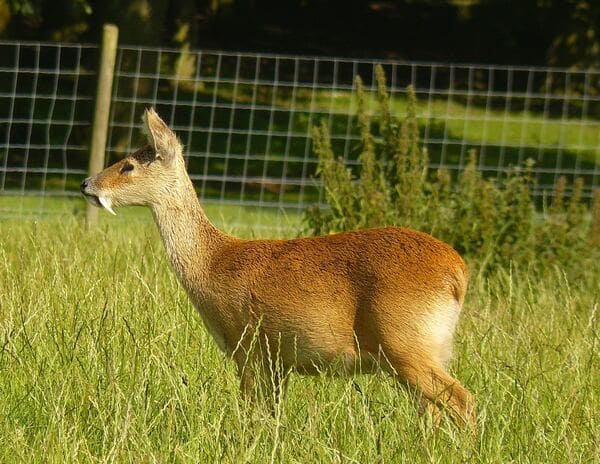
The deer deer, also known as the river deer, is considered to be one of the most primitive species in the deer family. It is native to eastern China and the Korean Peninsula and was introduced to Britain and France starting in the 1870s. As a small deer, the deer is slightly larger than the musk deer, with a body length between 91-103 cm, a tail length of about 6-7 cm, and a weight of about 14-17 kg. It is now listed as a second-level national key protected animal. Deer is also a deer species that can be artificially bred, but a breeding certificate must be obtained from the Wildlife Protection Section of the Forestry Bureau at the county level or above. At present, there are more than 30 units nationwide engaged in artificial breeding of deer deer, distributed in Zhejiang, Shanghai, Jiangsu, Sichuan and other places.
8. Elk
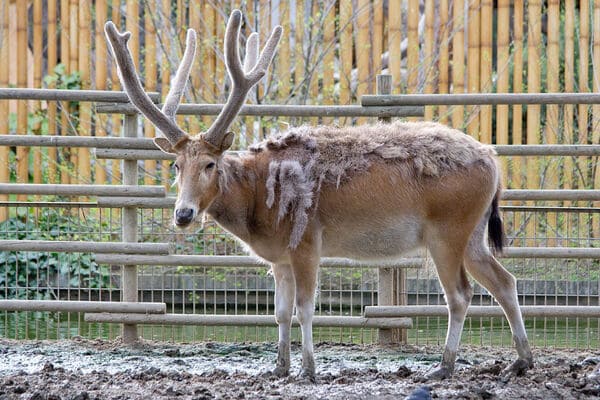
Elk are unique creatures in the Cervidae family and are the only cervids in the genus Elk. It is famous for its head and face that are long and narrow like a horse, its antlers are like a deer but different from other deer, its hooves are wide like a cow, and its tail is slender like a donkey, so it is called "Four Unlikenesses". The elk, once extinct in mainland China, were later protected through introduction and breeding from Britain. As of 2021, China has provided first-level protection to elk, and its population has reached tens of thousands. Elk have been introduced in more than 20 provinces in China, with a total of 84 breeding points and release areas.
9. White-lipped deer
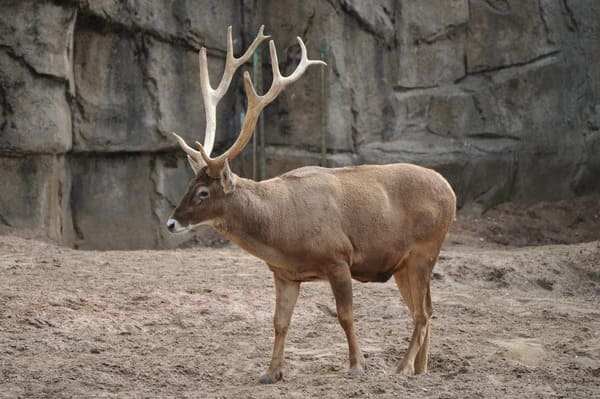
The white-lipped deer is a large deer, similar in body shape to the red deer, but slightly smaller, with a body length of 100-210 cm and a shoulder height of 120-130 cm. The tail is the shortest among large deer, only 10-15 cm. Weight ranges from 130-200 kg. Because of its rarity, the white-lipped deer is listed as a national first-level protected animal. In order to protect wild white-lipped deer, China has set up many breeding farms in Qinghai, Gansu, Sichuan and other places specifically for the artificial domestication of this species. It is worth mentioning that the deer farm in Zhiduo County, Yushu Tibetan Autonomous Prefecture, Qinghai, raises a large number of white-lipped deer, with hundreds of them, making it one of the largest breeding farms in the region.
10. Eld’s Deer
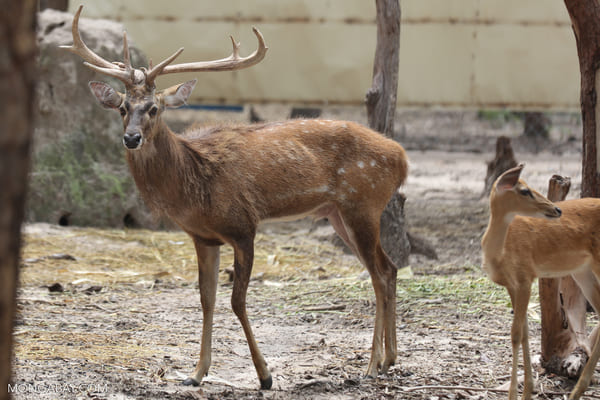
Eld's deer is a medium-sized deer, very similar to sika deer, but it is relatively smaller, has fewer spots, and has a slender body, neck and limbs, showing excellent liveliness. The general body length is about 160 cm, the shoulder height is between 104-110 cm, and the weight is between 70 and 130 kg. Eld's deer is a national first-level protected animal. In 1976, China established two provincial nature reserves, Datian and Bangxi, and set up two conservation stations specifically to protect Eld's deer. However, under Thailand's later protection measures, Attempts are being made to carry out artificial breeding; while India is raising Eld's deer in captivity, hoping that this will promote the recovery of the Eld's deer population.
Below is a list of the top ten deer species that can be bred in captivity. This list is mainly based on deer species that can be artificially raised, and is combined with Internet-related lists to make a comprehensive summary. It is for entertainment reference only. All relevant data is as of January 17, 2024. It should be noted that breeding deer requires obtaining a relevant breeding and production license before raising them. Solemnly declare: Hunting, killing, eating, and trading wild animals and their products are all illegal and criminal acts! Wild animals belong to nature. For the sake of the ecological environment and your health, please refuse to buy, raise, or eat wild animals!
animal tags: Deer sambar reindeer muntjak elk
We created this article in conjunction with AI technology, then made sure it was fact-checked and edited by a Animals Top editor.